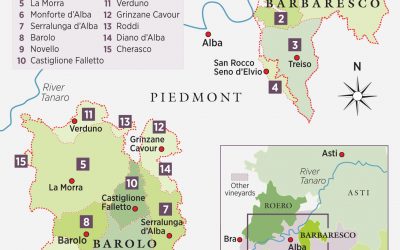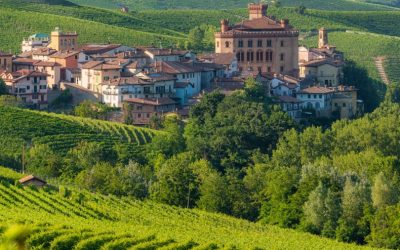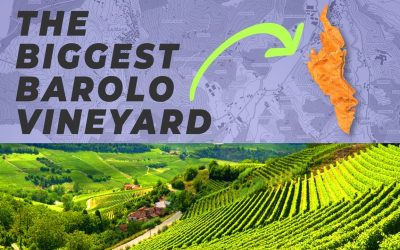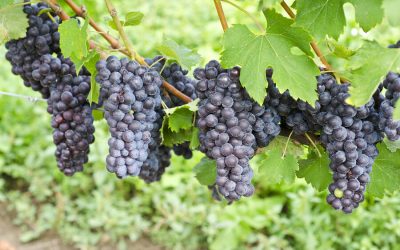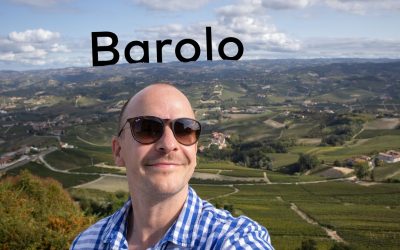The Wines of Barolo and Barbaresco Documentary
Barolo and Barbaresco, both hailing from the Piedmont region in northwest Italy, are among the finest expressions of the Nebbiolo grape. This region, nestled at the foot of the Western Alps, benefits from a mix of continental and Mediterranean climates that give rise to a multitude of microclimates within the winegrowing zones, each influencing the wine in its unique way. Barolo and Barbaresco wines, with their complex aromas, profound depths, and age-worthiness, have established themselves as some of the world’s finest wines.
The Wines of Barolo and Barbaresco Documentary

One notable film is “Barolo Boys: The Story of a Revolution”, a documentary that tells the story of the dramatic change in the production of Barolo wine and the group of winemakers involved in that change.
Another film to consider is “Somm: Into the Bottle”, the second film in the “Somm” series. Although not exclusively about Barolo and Barbaresco, this film delves into the wine industry at large and covers several famous wine regions, potentially including Piedmont.
Best Barolo and Barbaresco Tours
When visiting the Piedmont region in Italy, embarking on wine tours in the famed Barolo and Barbaresco regions is an unmissable experience for wine lovers. Here are some top-rated wine tours that you might consider:
- Langhe Wine Tours: This tour operator provides personalized tours in the Langhe region, home to both Barolo and Barbaresco. Led by English-speaking local guides, their tours include visits to family-run wineries, wine tastings, and a panoramic tour of the UNESCO World Heritage vineyard landscapes.
- Travel Langhe Wine Tours: Travel Langhe offers both group and private tours that can be customized according to the visitor’s wine preferences and interests. Their tours often include tastings of Barolo and Barbaresco, and a traditional Piedmontese lunch.
- Piedmont Food and Wine: This tour operator focuses on providing immersive experiences combining wine tastings and gastronomic delights. They offer both group tours and private tours, with stops at top wine producers in Barolo and Barbaresco.
- Italian Wine Connection: This operator specializes in wine tours in Barolo and Barbaresco. The tours are intimate, often limited to eight guests, and include visits to both small family-run wineries and renowned wine estates.
The History of Barolo and Barbaresco
The history of these wine regions dates back to the Romans, but the Barolo and Barbaresco as we know them today started to take shape in the mid-19th century. While the Marchesi di Barolo estate was instrumental in pioneering the dry-style, single-varietal Nebbiolo that’s now recognized as Barolo, Barbaresco’s story notably involves the cooperative efforts of small growers unified under the Produttori del Barbaresco in the 20th century. Both wines have since gained a prestigious status in Italy and the global wine stage.
Barolo Wine
Famously known as “the king of wines and the wine of kings”, Barolo is produced strictly from Nebbiolo grapes grown in the designated areas around the town of Barolo and nearby villages in the Langhe hills. The wine is known for its power, depth, and complexity, characterized by firm tannins and high acidity, making it suitable for long aging. The wine’s characteristics can vary greatly depending on the vineyard site, with nuances in aroma and flavor ranging from floral and red fruit to earthy and spicy notes.
Barbaresco Wines
Often regarded as the “queen” to Barolo’s “king”, Barbaresco is another Nebbiolo-based wine that offers a slightly lighter, more elegant style. This distinction arises from differences in soil composition and microclimates, as well as a shorter mandatory aging period before release. Still, Barbaresco possesses notable complexity, presenting flavors that can range from red fruit and flowers to licorice, spice, and herbs.
Barolo vs Barbaresco: A Comparative Analysis
Although both wines are produced from Nebbiolo, Barolo and Barbaresco have distinctive qualities due to differing terroir and vinification methods. Barolo, typically more robust and tannic, is known for its longevity, while Barbaresco is generally softer and more approachable in its youth. These differences can be attributed to variations in soil types, climate, and altitude in the respective regions, underlining the concept of terroir in winemaking.
The Impact of Climate Change on Barolo and Barbaresco Production
Global climate change poses significant challenges to viticulture. Warmer temperatures can lead to earlier bud break and harvest, affecting the balance of sugar, acidity, and phenolic compounds in the grapes. However, winemakers are employing adaptive strategies, such as canopy management and adjusting harvest times, to mitigate these effects. Recent research has also suggested that traditional grape varieties like Nebbiolo could possess inherent resilience to climate change.
The Future of Barolo and Barbaresco Wines
The winemaking industry is evolving towards more sustainable practices. In Barolo and Barbaresco, many producers are adopting organic and biodynamic farming methods, while technological advancements are shaping wine production and conservation methods. Despite the challenges, the future of these wines appears promising, with continued focus on quality and respect for the unique terroir.
Visiting the Barolo and Barbaresco Regions
Visiting these regions offers not only the chance to sample the distinguished wines but also to experience the rich culinary traditions, vibrant festivals, and beautiful landscapes of the Piedmont region. Both regions offer numerous wine tourism opportunities, including vineyard tours, tastings, and wine-themed events.
Conclusion
The appeal of Barolo and Barbaresco extends beyond the wines themselves. They represent a rich historical and cultural legacy, the passionate dedication of winemakers, and the unique terroir of the Piedmont region. As these wines continue to captivate wine enthusiasts around the globe, they carry forward a tradition of excellence in Italian viticulture.
